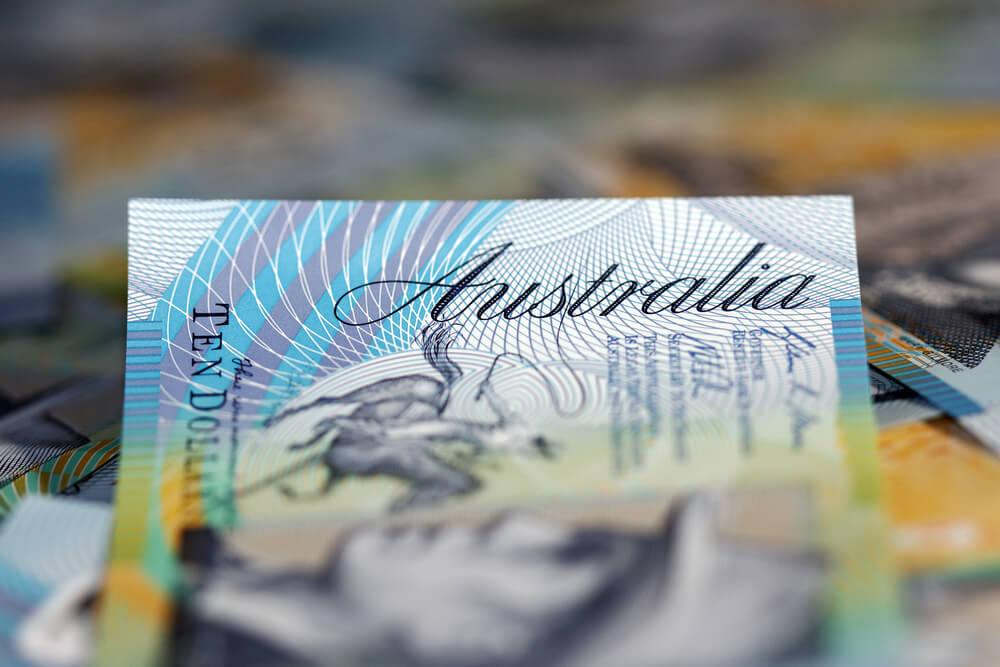The Australian dollar edged higher than the US dollar as Fed Chair Jerome Powell hinted that asset tapering would be possible to begin this year.
The risk-sensitive Australian dollar hung to a sizeable Friday gain as it increased 1.06% to 0.7311. The AUD/JPY currency pair also inched up to 0.84% to 80.29.
On Monday, AUD/USD currency pair sighted a subtle movement after its massive 2.51% hike last week. The upward velocity of the Australian dollar could overextend the prices, which could open a pullback this week.
The Relative Strength Index reached 70 on the 1, 2, and 4-hour time frames, reflecting overbought settings.
Market participants are apprehensive about Powell’s comment at the last Jackson Hole Economic Symposium, where he failed to mention a clear asset tapering timeline.
Traders expect that the FOMC meeting this September will deliver a more prominent announcement regarding the anticipated stimulus.
Meanwhile, the greenback declined against most of its rivals as the US dollar index plummeted 0.40% to 92.69.
Treasury yields plunged last Friday but stayed higher for the week, representing a move in economic recovery. Powel also remarked that the United States made extensive headway as it reached its inflation target as interest rate hikes fueled the economic progress.
The New Zealand dollar increased from 0.92% to 0.7011. It punched through its 50-day moving average and logged weekly upsurges of 2% against the USD. The Sterling inched up 0.42% to 1.3757 as Euro climbed 0.37% to 1.1793. Meanwhile, the Japanese yen plunged -0.23% to 109.82.
Other currencies slowly recovered from their Friday loss as the Canadian dollar climbed 0.05% to 1.2619 from a 0.44% loss to 1.262. The Mexican peso also gained 0.11% to 20.2017 from a 0.78% low to 20.1922.
Australia Eyes a Slowdown in Its Economic Data
Australia is likely to experience a slowdown in its economic data as tighter coronavirus restrictions significantly affected many businesses.
The Australian economy eyes recession as the gross domestic product hit the lowest market estimates last Wednesday. In the June quarter, it showed modest progress with a median call growth of 0.5%.
However, the Delta variant shuttered the recovery and caused a 2.7% decline in retail sales last July.
The annual growth dropped from its rapid movement of 9.2% earlier this year. This is mainly due to imposed lockdowns slashing millions in Sydney, Melbourne, and Canberra.
The Reserve Bank of Australia forecast that the economy will fall 1% this quarter as it may not proceed with its bond-buying plans this September.
Meanwhile, Analysts forecast business inventories to reach 1.3% and company gross revenue at 3.0% as the country is set to release its Q2 Economic Data.
Experts noted that the Australian dollar could experience a tailwind if the actual data beat the forecasts.
















